Technical Article
Published 01/2022
How to protect Generators with Reclosers
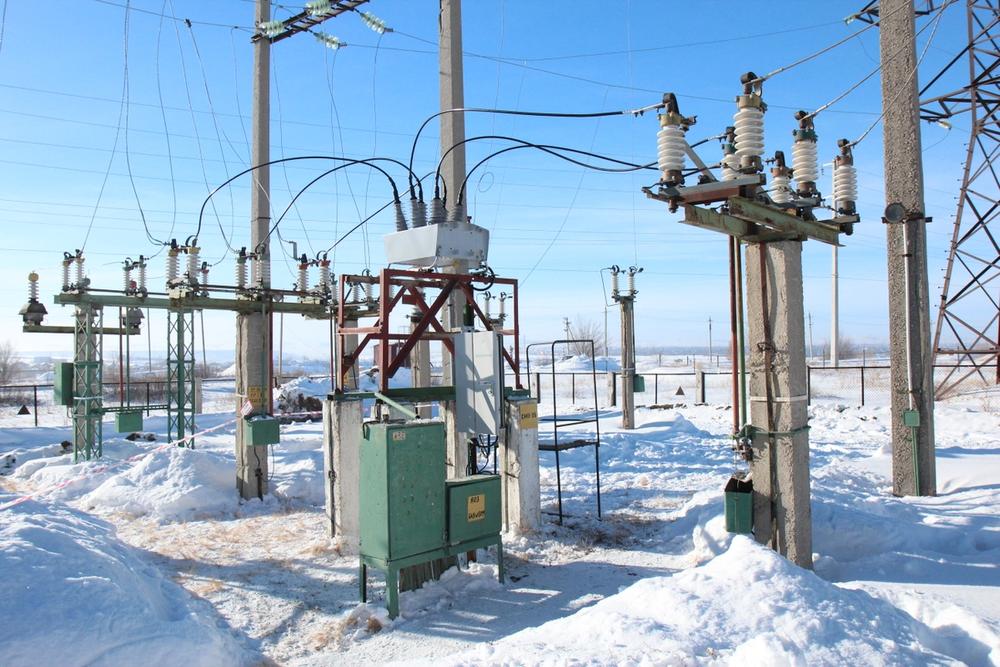
Generator protection presents unique challenges, because the faults seen by generators are very different to faults seen by standard overhead protection devices.
Fortunately, this behaviour is predictable and understood. In this article, we share an explanation of this fault behaviour, a protection element available in the OSM Recloser system to address it, and some typical settings applied.
Generator Fault Behaviour Explained (Why overcurrent alone isn’t enough)
There are two key differences between faults on overhead lines versus faults close to the generator.
Firstly, there is (effectively) no line impedance to consider. This lack of line impedance means that the fault impedance is mostly internal to the generator. This also means there is very little to limit the rate of rise of current on first fault inception.
Secondly, generator reactance increases during the fault. This creates the unusual scenario where, after the initial massive current spike, the ongoing fault current is lower than the load current.
This is why conventional overcurrent is no match for generator faults.
The initial current spike looks too much like an inrush current, and the steady state fault current is lower than the load current for the generator.
Let’s explore the transient a bit further. Figure 1 shows a typical current trace.
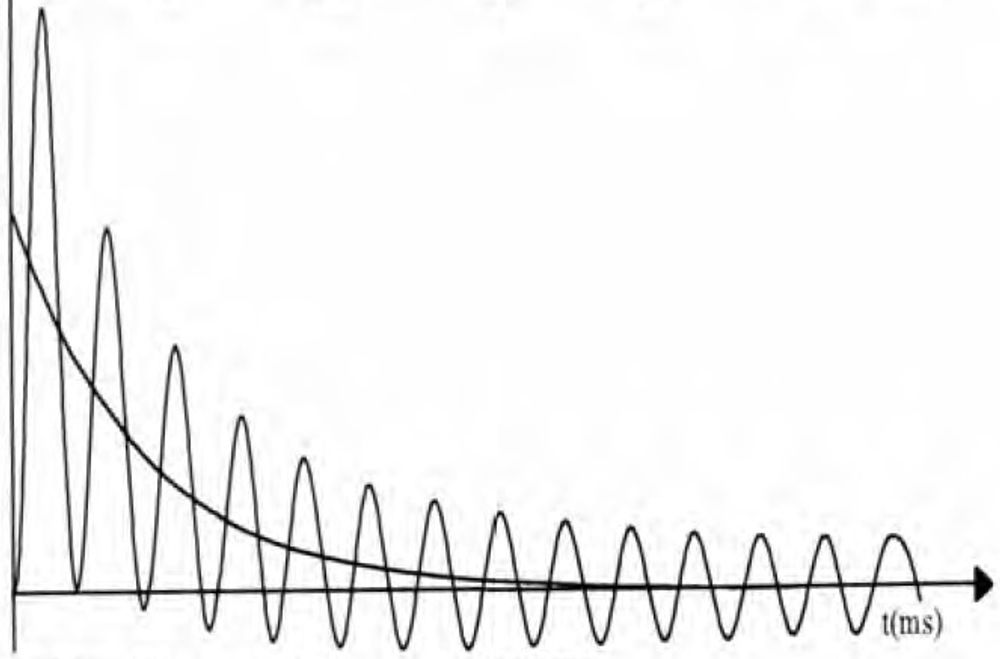
For a practical example, a 400 kVA generator would have the following current multiples, based on time.
- At 10 ms after the fault, the fault current would be 11 times nominal current.
- At 90 ms, the fault current comes down to 3 times nominal current
- At 610 ms, the fault current is 0.34 times nominal current.
This shows how the steady-state generator fault current is below load current. In practice, it’s typically 0.3 to 0.5 times the nominal generator current.
The other characteristic seen during these faults is the voltage collapse at the generator. When current detection is paired with voltage collapse at a generator, faults can be detected. This technique is called Voltage Restrained Overcurrent, or ANSI 51 V.
Protection Technique: Voltage Restrained Overcurrent (ANSI 51 V)
Faults close to generators have a high initial current peak, followed by a steady state fault current that is lower than the generator nominal current.
But during faults, the voltage on the generator terminals also drops. To detect generator faults, we gate overcurrent protection with an undervoltage condition. Hence, “Voltage Restrained” overcurrent. When voltage at the generator drops, an overcurrent element is enabled. If the protection element detects both the required current and dropped voltage, it executes a trip.
There are two main variants of this protection. Voltage controlled, and voltage restrained overcurrent.
Voltage Controlled Overcurrent
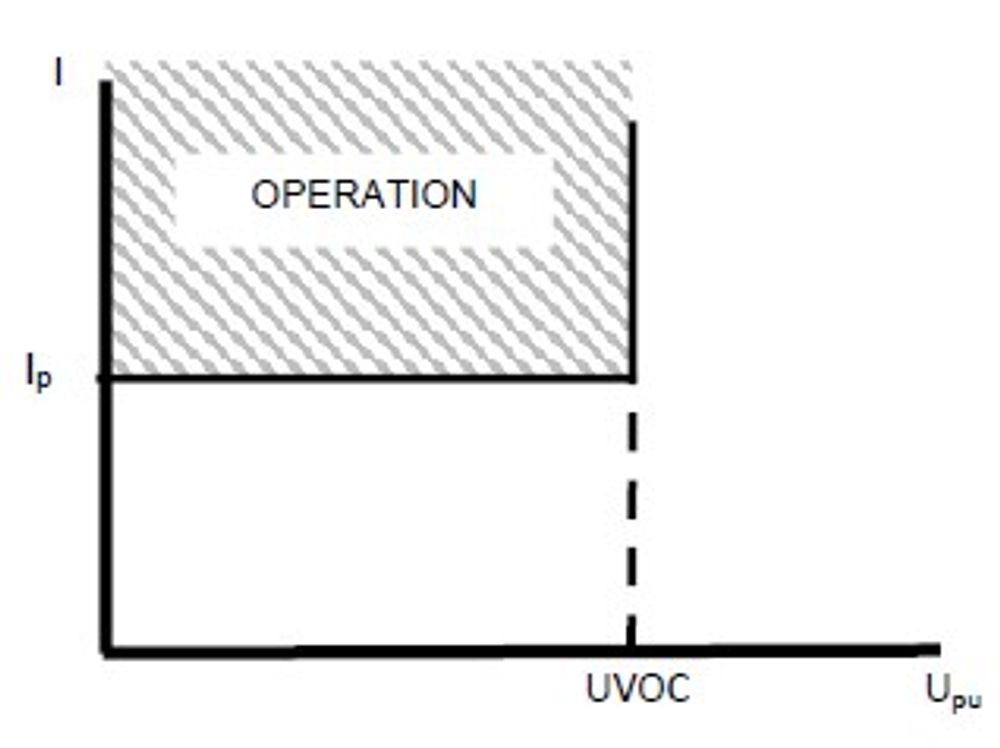
This is the simpler implementation of 51 V. Voltage controlled overcurrent is a hard limit for undervoltage before the element becomes active. By default in NOJA Power’s OSM Recloser system, this voltage multiplier is 0.75 nominal per unit.
In practice, 51V only becomes active when voltage drops below the set point. The current is also set as a single value.
Voltage Restrained Overcurrent
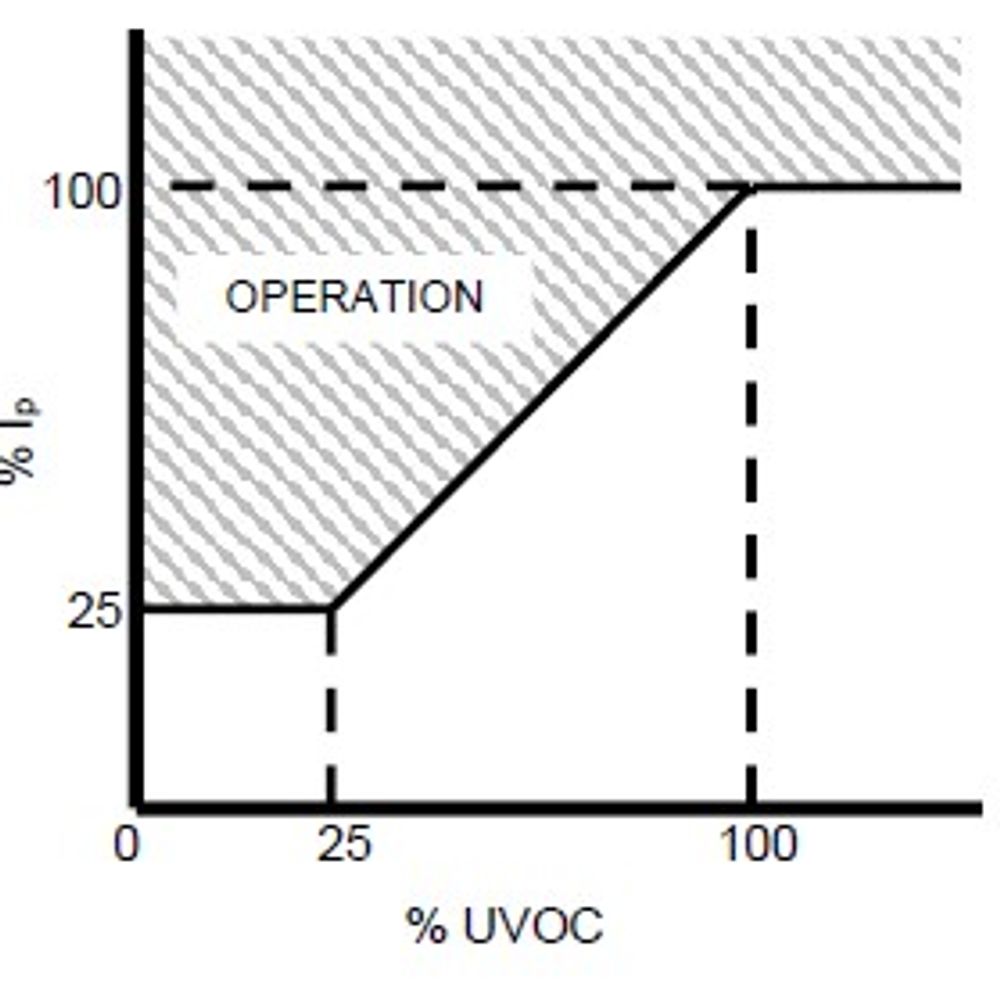
Voltage Restrained overcurrent scales the current pickup, based on the undervoltage. The bigger the voltage drop, the lower the pickup current. This increases the detection zone for faults closer to the generator.
Typical Settings
The first step is to understand whether the generator under protection has a fault-driving feature. Some generators combat this non-detection zone by delivering a large overcurrent when faults occur. If this is the case, you can bypass 51 V and rely on conventional overcurrent. However, not all generators have this feature, so let’s consider typical setpoints for 51V.
Let’s examine the equation for a permanent, three-phase, generator short circuit:
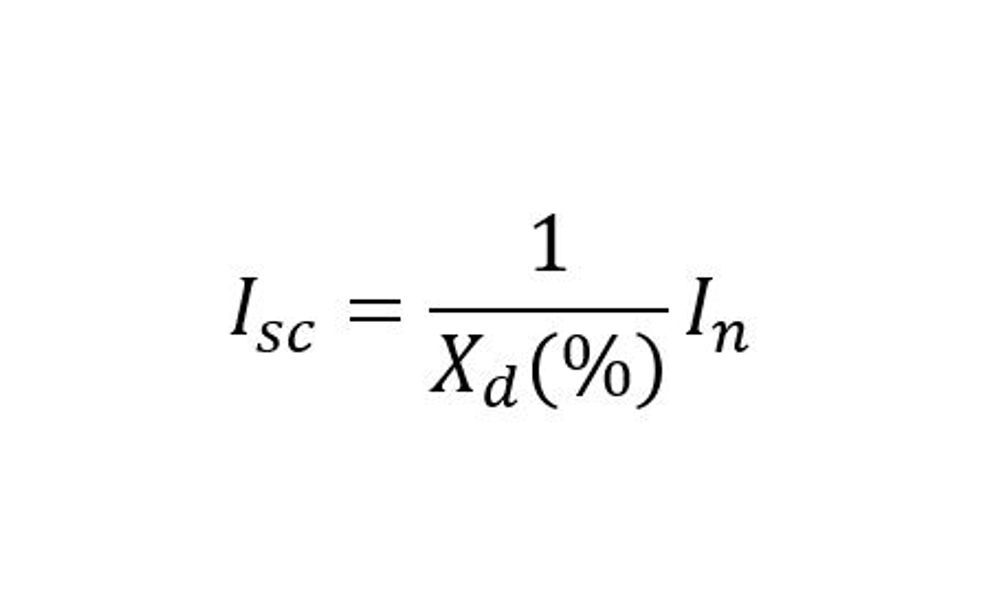
The synchronous reactance values (Xd) defines the short circuit current. The Xd value is available from the generator manufacturer, or often in the product documentation.
In general, the short circuit current is between 0.3 to 0.5 times nominal.
From a voltage perspective, the settings aim is to enable 51 V only when a generator fault occurs, not some other network transient. By default, NOJA Power’s OSM Recloser system suggests 75% of nominal voltage. For increased sensitivity, raise this closer to 80%, but this comes with added risk of spurious trips.
Conclusion
Protecting generators requires different techniques to protecting overhead lines. However, subject to fault levels, Autoreclosers such as the OSM Recloser can be used for protection for both generator connections and overhead lines.
The NOJA Power OSM Recloser is being used in a growing list of distributed energy resource connections, and adding 51 V to the feature set supports this application.
Voltage Restrained Overcurrent improves the OSM Recloser generator connection feature suite, alongside VVS, ROCOF and other frequency elements required by distribution grid operators.
Voltage Controlled Overcurrent is now available as standard with NOJA Power’s OSM Recloser with the RC-10 or RC-20 Recloser Control.
Want to stay up to date with Electrical Distribution Technology?
Join our list for a free weekly technical bulletin, as we share our Global Electrical Engineering experience directly to your inbox.
Subscribe →